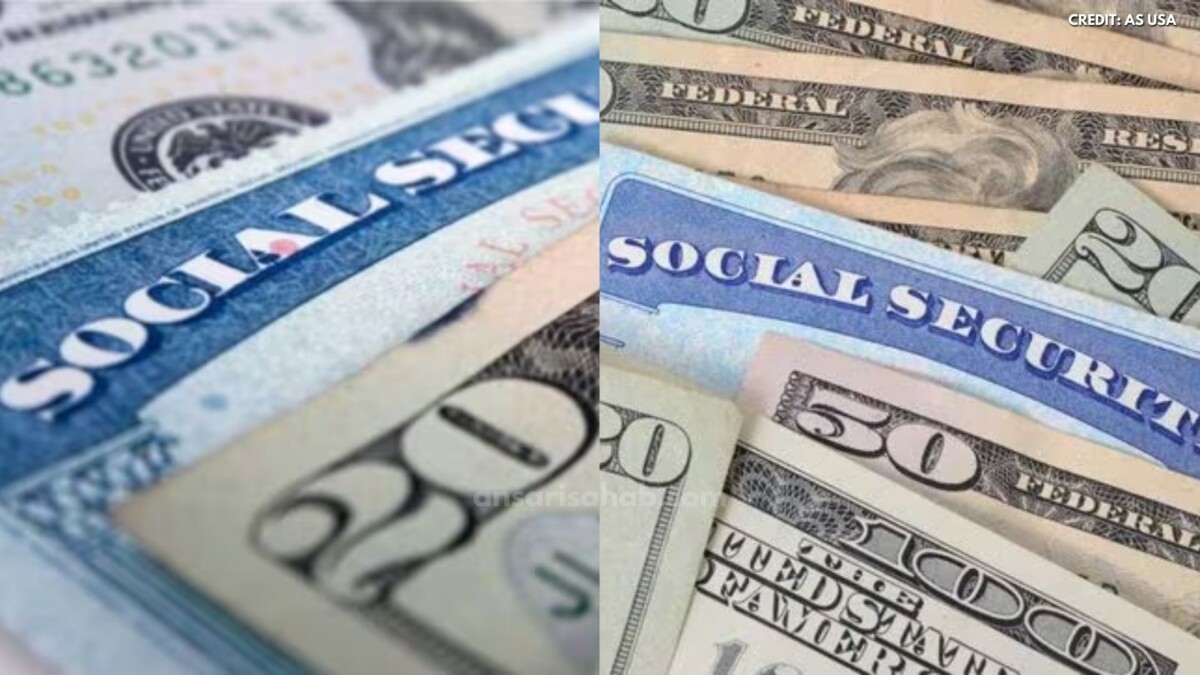The Ukraine peace talks have entered a volatile new phase after the August 15–16 summit between Vladimir Putin and Donald Trump in Alaska, followed by a rare in-person push in Washington on August 18 that brought President Volodymyr Zelenskyy and top European leaders into the same room to define red lines, evaluate security guarantees, and weigh what a credible pathway to ending the war might look like.
Timeline Graphic (Key Dates at a Glance)
Aug 15–16: Alaska Summit – Putin, Trump meet; outline of possible security guarantees offered.
Aug 17: Security guarantees agreed in principle; Zelenskyy and European leaders align.
Aug 18: Zelenskyy + EU leaders meet Trump in Washington to solidify unified stance.
What each side wants—clearly stated
Russia’s position: Multiple accounts from the weekend indicate the Kremlin is pressing for recognition of full control over the Donbas and a freeze of the broader front—terms that would formalize gains without a nationwide ceasefire. Additional ideas circulating include status protections for the Russian language and sequencing political questions after a military stand-down.
Ukraine’s stance: Kyiv continues to reject territorial concessions and insists on a ceasefire first, backed by verifiable security measures. Zelenskyy’s team is prioritizing NATO-style guarantees that deter renewed attacks, reflecting constitutional limits on ceding land and public opinion hardened by three years of war.
Washington’s message: U.S. statements have mixed pressure for a deal with signals of a new security architecture. A senior envoy said Moscow accepted, in principle, that the U.S. and European allies could extend Article 5-like protections to Ukraine, even as public comments from Trump have urged Kyiv to “make a deal” and questioned NATO membership and Crimea’s fate.
Europe’s role: Excluded from the Alaska summit, EU leaders arrived in Washington on August 18 to ensure any framework protects Ukraine’s sovereignty and military capacity. Their goal is unity: keep sanctions leverage, maintain aid flows, and prevent a settlement that bakes in future instability.
The security-guarantees question, explained
The concept most discussed would pair a monitored ceasefire with a defense pact where the U.S. and key European states pledge rapid assistance if Ukraine is attacked again—creating a deterrent effect similar to NATO without immediate alliance membership. The credibility of such guarantees rests on clarity (what triggers aid), capability (pre-positioned support), and consequence (automatic measures).
What a realistic sequencing might be
- Hostilities freeze and independent verification;
- humanitarian and POW measures;
- phased withdrawal/stand-down protocols;
- implementation of security guarantees;
- economic package for reconstruction and energy resilience;
- deferred political issues under internationally supervised talks. This sequencing aims to stop the shooting quickly while deferring the hardest sovereignty disputes until deterrence and oversight are in place.
Key risks to watch this week
No-ceasefire dealmaking:
If talks skip a verified ceasefire, front-line instability could undercut any paper guarantees.
Splits among allies:
Differing timelines for security commitments or sanctions relief could weaken leverage.
Public signaling vs closed-door terms:
Divergent rhetoric from principals can spook markets and embolden spoilers.
Why today’s meetings matter
The Washington huddle brings everyone who must underwrite enforcement—U.S. and EU leaders—into the same room with Kyiv. If they lock in a credible guarantee model and agree on ceasefire monitoring, the path to a durable framework widens; if not, the conflict risks grinding on with higher costs and fewer off-ramps.
FAQ Sidebar: Ukraine Peace Talks
| Question | Answer |
|---|---|
| What is meant by “security guarantee”? | It refers to commitments by the U.S. and Europe to defend Ukraine from renewed Russian attacks, modeled after NATO’s collective defense, without formal NATO membership. |
| Will Ukraine give up territory? | No. Ukraine’s constitution prohibits territorial concessions; this is non-negotiable unless peace is secured through guarantees and ceasefire. |
| What role do European leaders play? | They serve as a united diplomatic force alongside Zelenskyy, ensuring any deal protects Ukraine’s sovereignty and limits Russia’s leverage. |
| Could this end the war? | Potentially—if a ceasefire is enforced and security guarantees are binding. But failure to verify both could restart hostilities. |
| Is NATO membership an option? | Not currently. Ukraine is seeking NATO-like assurances, which could serve as an alternate path amid current geopolitical constraints. |
Sources:









